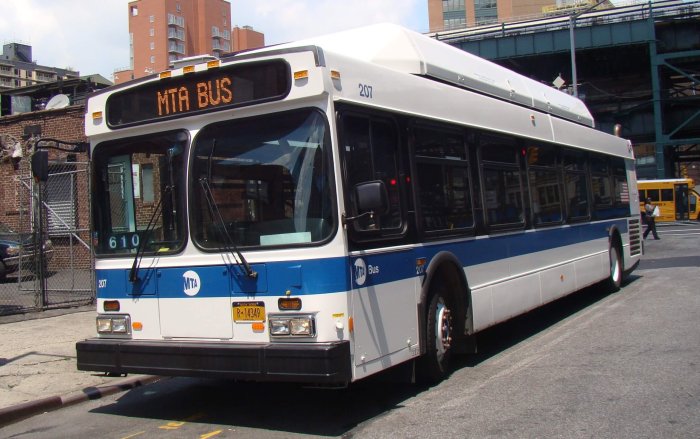By Joe Anuta
The record storm surge of Hurricane Sandy not only devastated portions of Queens, but also started a discussion about how vulnerable the city is to the forces of Mother Nature.
Flooding has always been a problem in certain portions of the borough. While Gov. Andrew Cuomo has floated the idea of storm surge barriers, dam-like contraptions that would prevent record sea heights from inundating certain low-lying areas, a Queens institution last month unveiled an example of how the Bloomberg administration plans to keep other flood-prone areas of the borough dry.
In flood-prone portions of Queens, the problem is the city’s antiquated sewer system, which cannot handle the rush of stormwater during prolonged or heavy rains.
But instead of spending money on trying to repair the mammoth network, Bloomberg decided on a policy shift that funnels money into keeping water out of the system in the first place.
Over the next two decades, the city Department of Environmental Protection is set to spend $5.5 billion to ensure that the vast network of pipes, drains and treatment plants operate within their means. Currently during heavy rains, the system becomes so overburdened it ejects a mixture of sewage and stormwater into areas like Flushing Bay and also backs up onto city streets and sometimes into residents’ homes.
Instead of spending that money on system upgrades, nearly half of DEP’s investment will go toward what is known as green infrastructure.
“It’s more expensive to retrofit the system,” said DEP Commissioner Carter Strickland last month at Queens College. “The ultimate goal is to find the most cost-effective solution … but also to make waterways cleaner and more enjoyable.”
With the help of a nearly $400,000 grant from DEP, the college built what appears to be a brick courtyard, but in actuality behaves more like a large sieve. Between the bricks is a permeable rock subsurface where water is absorbed and naturally released into the ground instead of rushing into the sewer system.
At the unveiling ceremony, Strickland stood on a hill above the plaza wielding what appeared to be a small fire house and unleashed a torrent of water toward a throng of onlookers.
But instead of wetting the crowd’s shoes, the water was completely absorbed into the seemingly impermeable surface — a sight Queens College President James Muyskens likened to magic.
Green infrastructure projects, like the college’s three rain gardens, are part of an initiative started by Mayor Michael Bloomberg in 2002, when the city began to turn away from the daunting task of expanding capacity throughout the 7,000 miles of pipes that carry water around the city and to treatment plants.
Some infrastructure improvements are still needed. For instance, parts of Springfield Gardens did not have sewers until this year.
But on a larger scale, the mayor’s Green Infrastructure Plan aims to use projects like the one installed at Queens College to keep rainwater from causing overflow events, and thus preventing raw sewage from discharging and polluting the city’s waterways and floodwaters from pooling in the city’s streets.
Reach reporter Joe Anuta by e-mail at januta@cnglocal.com or by phone at 718-260-4566.




































